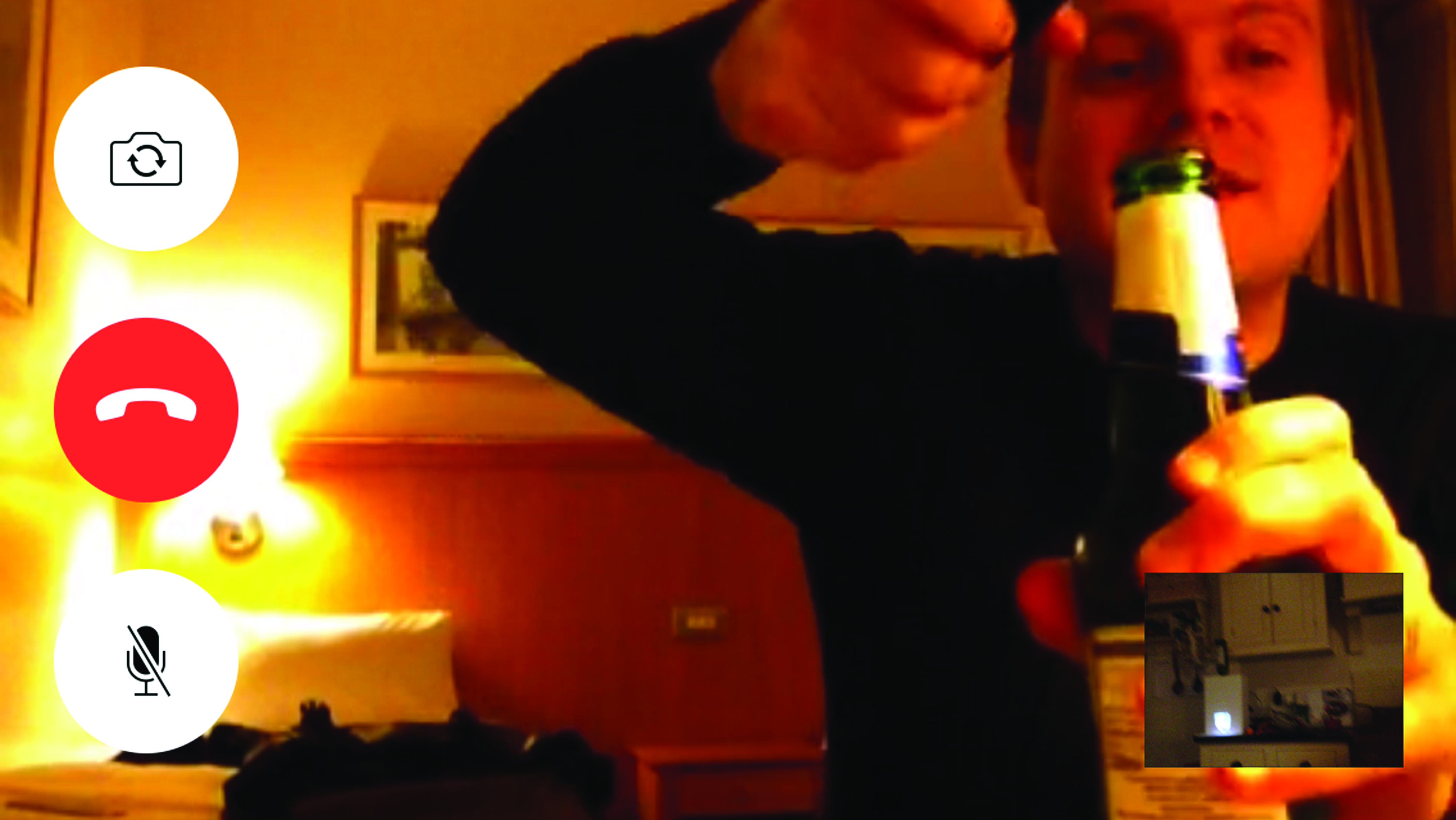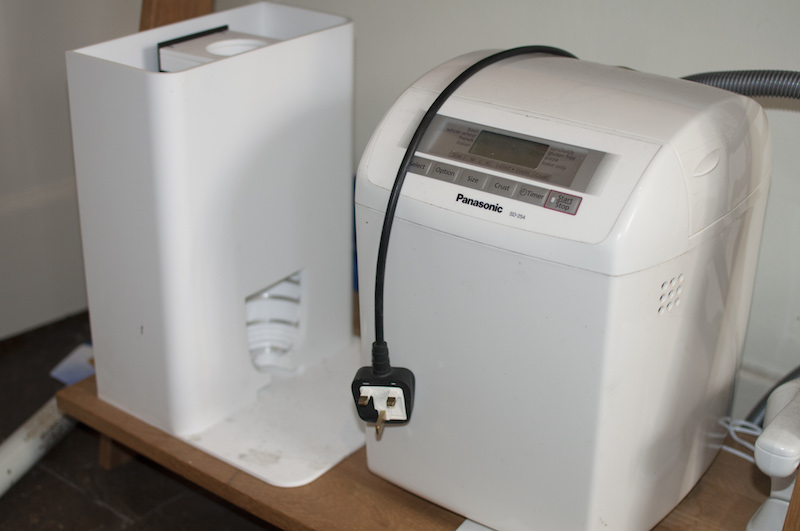Family Rituals - Family One
September 2013 - September 2015electronics, software, bespoke design, ethnography, openlab
electronics, software, bespoke design, ethnography, openlab



Family One is Craig, Holly and their two-year-old son Sam. They live in Edinburgh, where Craig works as a consultant in the financial sector and Holly is a public relations professional. Craig is frequently away from home for 2 or 3 nights during the week, visiting clients in London and the south of England. Holly is now establishing her own company working from home and she is Sam's primary carer. They are one of the five families we worked with in the Family Rituals 2.0 study.
We designed and built a bespoke technology for Craig and Holly that would create moments of reflection for them; allowing us to talk about their work/life balance and their attitudes to working away from home. We framed this around the everyday rituals of the home, which are missed in this separation.
Getting to know Craig and Holly through interviews and the materials they generated from a set of cultural probes revealed glimpses of their working lives with the pleasures and strains of being parents to an inquisitive toddler. From this material we were looking to find an existing quotidian ritual that we could extend or inspiration for something new. We focused on their shared pleasure of having a drink together, at the end of the day when Sam is finally asleep and they have done all the serious stuff.
Drinking Together Whilst Apart pours a glass of wine at home when an electronic beer bottle opener is used remotely, connecting via an iPhone app. An alert is generated on the iPhone whenever (and as frequently as) a glass is placed in the machine. The machine will not pour unless there is a glass present. While we assumed Holly would be at home and Craig would be away we did not explicitly require or suggest this; it was up to the family to make sense of the design. The machine lived with them for 3 months.
While Holly and Craig greeted the machine with a good deal of approval and excitement, there was soon a note of hesitation. They wondered if we had honed in on this specific ritual as a reflection of wider health narratives that focus on drinking.
We are not alcoholics but we do like to have a drink, and we do, like most of the country, think "Oh, we really should cut back." (Holly).
Following the unpacking there was an immediate problem: the machine would not fit anywhere in the kitchen; with the bottle inserted it was too tall to fit under their units. There was nowhere for it to go out of Sam's grasp. It had no place.
After a period of weeks we became aware that the machine had not been used and as the date of the retrieval drew closer, we asked Craig and Holly to make a special effort to use it.
There was actually the final D-Day. Gary was round, just for dinner, and we were like, right, let's do it! And we did. It was funny that I actually had somebody with me here when we finally did use it. I think that it really showed, actually, that I don't really drink that much on my own, even if Craig was actually on the other side on Facetime... If I am going to have a drink, I would rather have a drink when he is here rather than on my own (Holly).
On the day of collection we found the machine stored on a shelf unplugged, next to an unused bread maker. There had been no site for this ritual to establish itself. There could be no casual interactions with the machine; on each occasion it would have to temporally set-up and then packed away.
As we spoke to Holly and Craig it became clear to us the complexity of the moment we had designed, where all the conditions were correct. That machine was on, a bottle of wine had been opened, that Sam was quietly asleep, that Craig had remembered to take the bottle-opener, that he had a beer and was ready to drink it in a place that he would feel comfortable.
The wine dispenser contains a WiFi connected Arduino Yun, controlling a high torque servo-motor that mechanically operates an unmodified wine optic. Sensors detect the glass and LEDs cause it to be illuminated when inserted. The bottle opener senses the presence of a bottle top in its teeth by conduction and communicates to the iPhone via a Bluetooth 4.0 module. We use yaler.net to operate behind the home router.
Displayed at the Science Gallery's HOME\SICK Show (May 2015) and at the London Design Festival (September 2015).
This was developed at Open Lab, Newcastle University in collaboration with the Helen Hamlyn Centre for Design at the Royal College of Art, as part of the Family Rituals 2.0 project funded by the EPSRC.
Ethnography: Paulina Yurman, David Chatting.
Design: David Chatting, Paulina Yurman, David Kirk.
Fabrication: Zone Creations, David Chatting, Paulina Yurman.
Electronics, Software and Mechanics: David Chatting.
Film: David Chatting (with thanks to Mark McKeague).